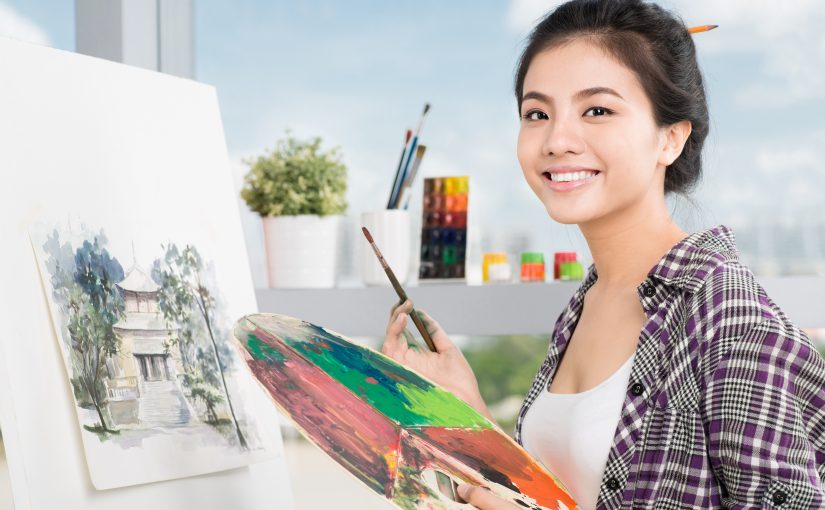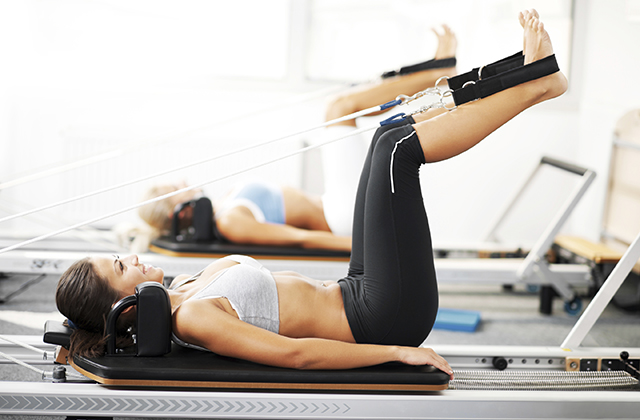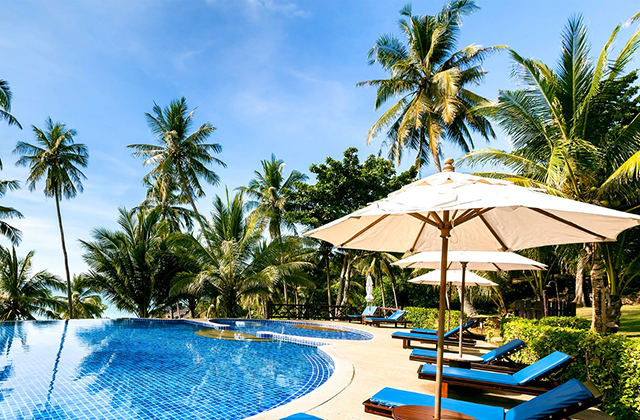Even though animatics are less sought after than the explainer videos and advertising animations we create we love creating animatics as well. Animatics artist Sydney are a whole different animal with their own benefits and challenges. If you’re looking to learn more about them you’ve come to the right place. Let’s dive in!
What is an animatic?
The short answer: an animatic is a storyboard animation. Usually, they are used in the pre-production stage for commercials or movies, and they come in many forms. Animatics can be made of rough sketches or ultra-realistic drawings, and they can include simple movements or very smooth and realistic movements that include 3D models.
Why would you want an animatic?
The reasons for using an animatic in your production process differ slightly per medium.
In
advertising, animatics are used to test commercials. This way,
producers can test different concepts for a commercial to see which one
is the most effective or which one gets the right message and emotion
across. In this type of animatic, aestetics is usually quite important.
Therefore, illustrations are usually quite detailed, including facial
expressions and careful use of a color palette to really create a
certain look and feel. For a lot of advertising agencies, it’s more
cost- and time-effective to do it this way rather than actually getting a
film crew to shoot a live-action TV commercial, as these can be very
expensive.
Animatics are also used in pre-production for movies
and TV-shows. Often a director will sit down with a storyboard artist
to create a storyboard. This can then be shared among departments so
that when it’s finally shooting day everyone already knows what the
director is trying to achieve and time is used a lot more efficiently.
The only thing a still storyboard doesn’t really achieve is the
portrayal of movements and timing. By creating an animatic, the story
narrative and its effectiveness can be tested.
No matter the
medium though, animatics are a great way to show, test and share a
concept easily. If you’re looking at a storyboard it requires a few
lines of text to explain what will happen in terms of movement and
timing and even then, the interpretation of how that looks differs per
person. Additionally, in animatics, music and sound effects can be used
which further enhance the whole experience and potential to test the
success of a concept.
Types and examples of animatics
As I wrote earlier, animatics for testing commercials are usually quite detailed as a big part of its effectiveness relates to the look and feel. Below are two examples of animatics we created for a cleaning brand. They wanted to test out a couple of concepts that could later be turned into TV commercials. This style of animatic can also include illustrations with soft shades or hyperrealistic illustrations. Very different from that again is the example on the right, which includes a lot of 3D work.
In animatics for movies, relatively rough black & white sketches are used. One of the reasons for that is that movies are of course much longer than commercials. Besides that, animatics made of movie storyboards are more about testing the narrative, shotlisting and concept rather than the realism of the illustrations. Especially for scenes that require a lot of CGI and complex movements, animatics can be useful in testing different ways to portray a certain scene.


